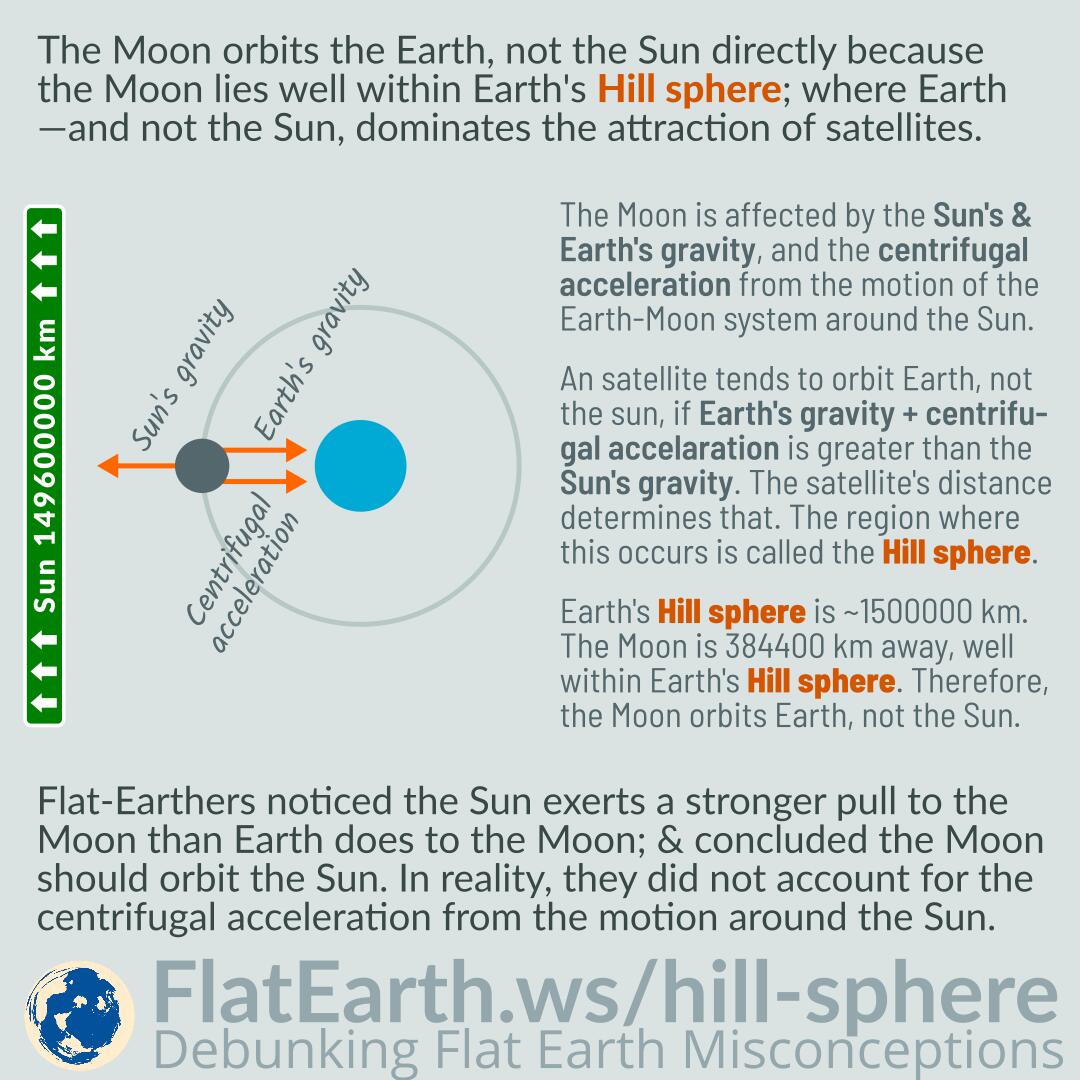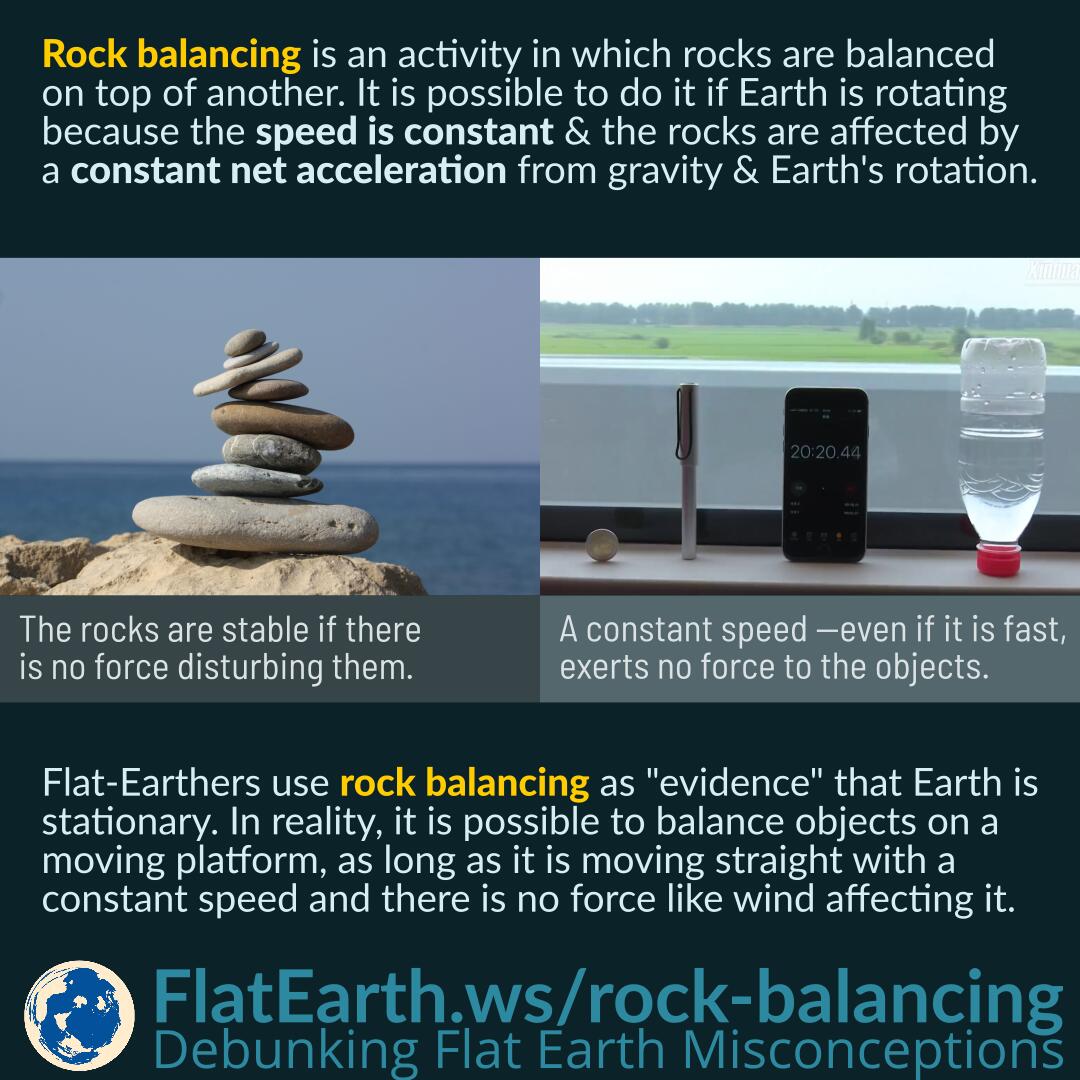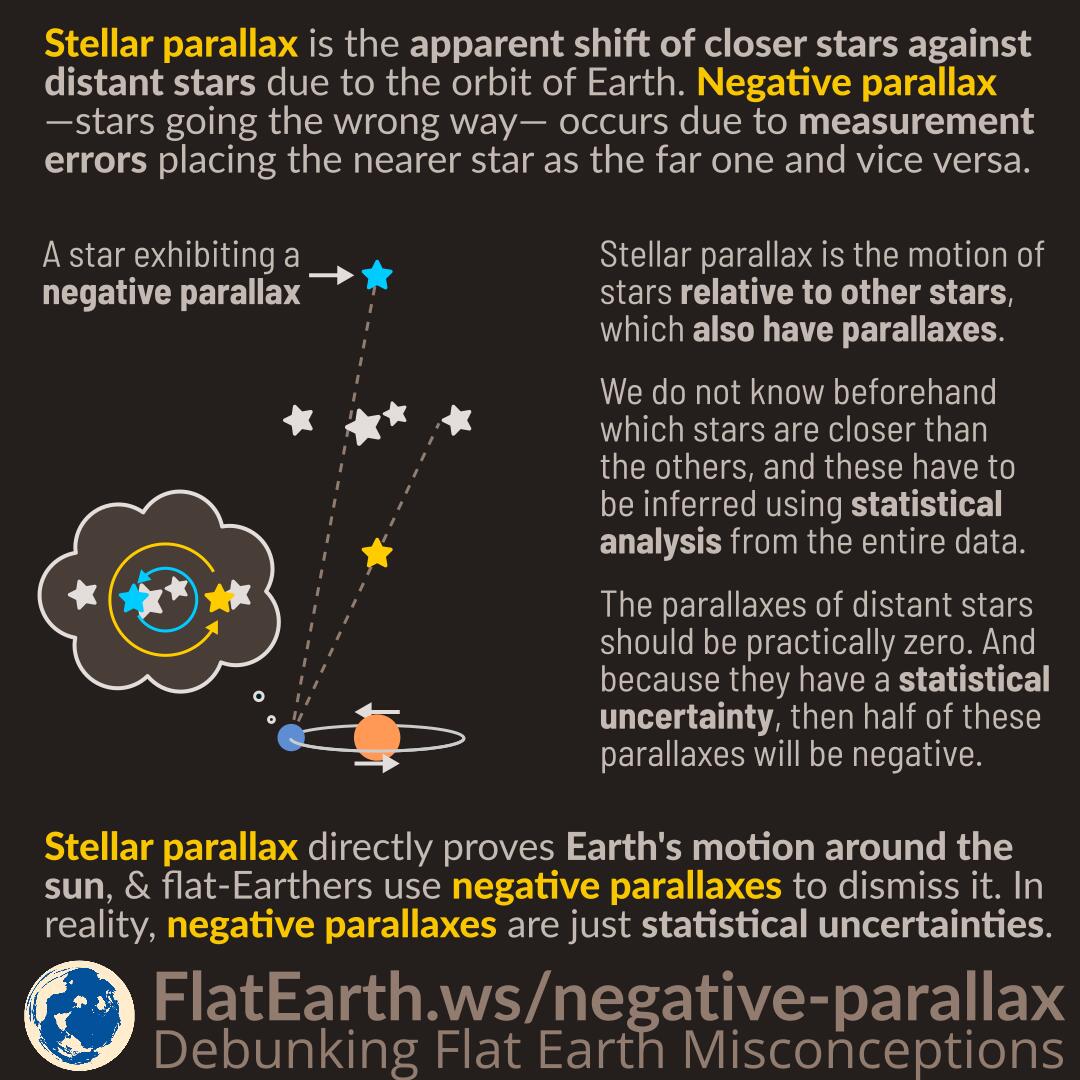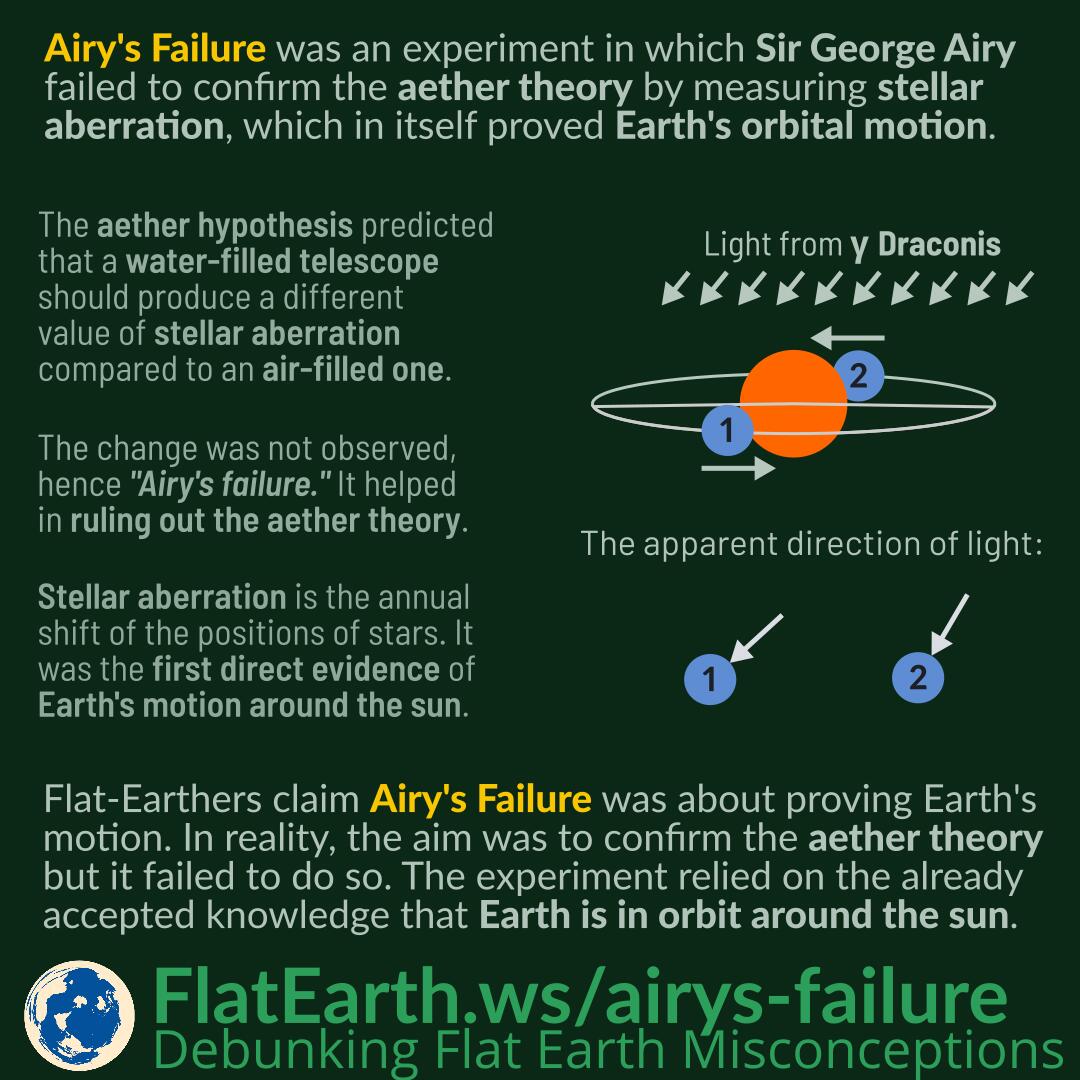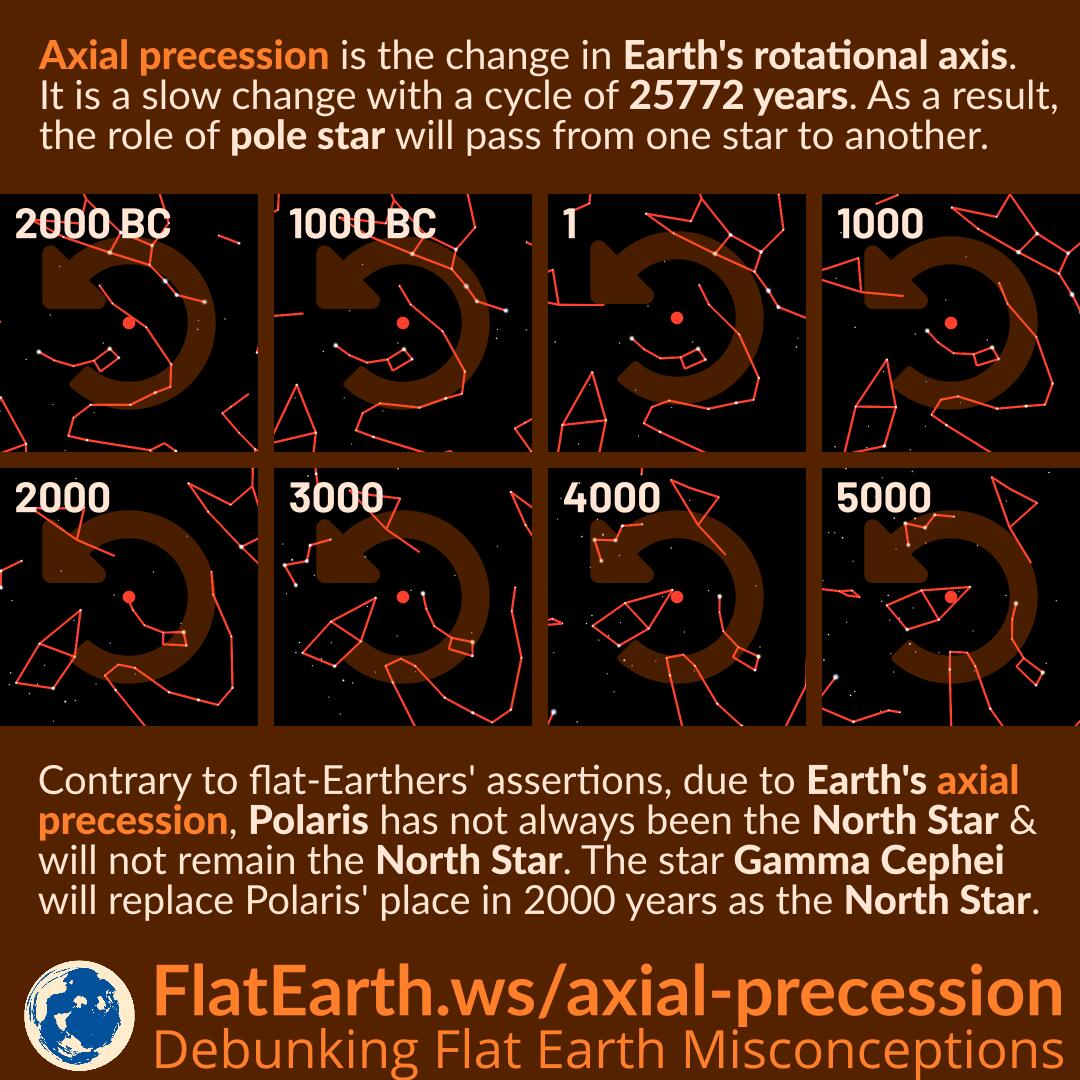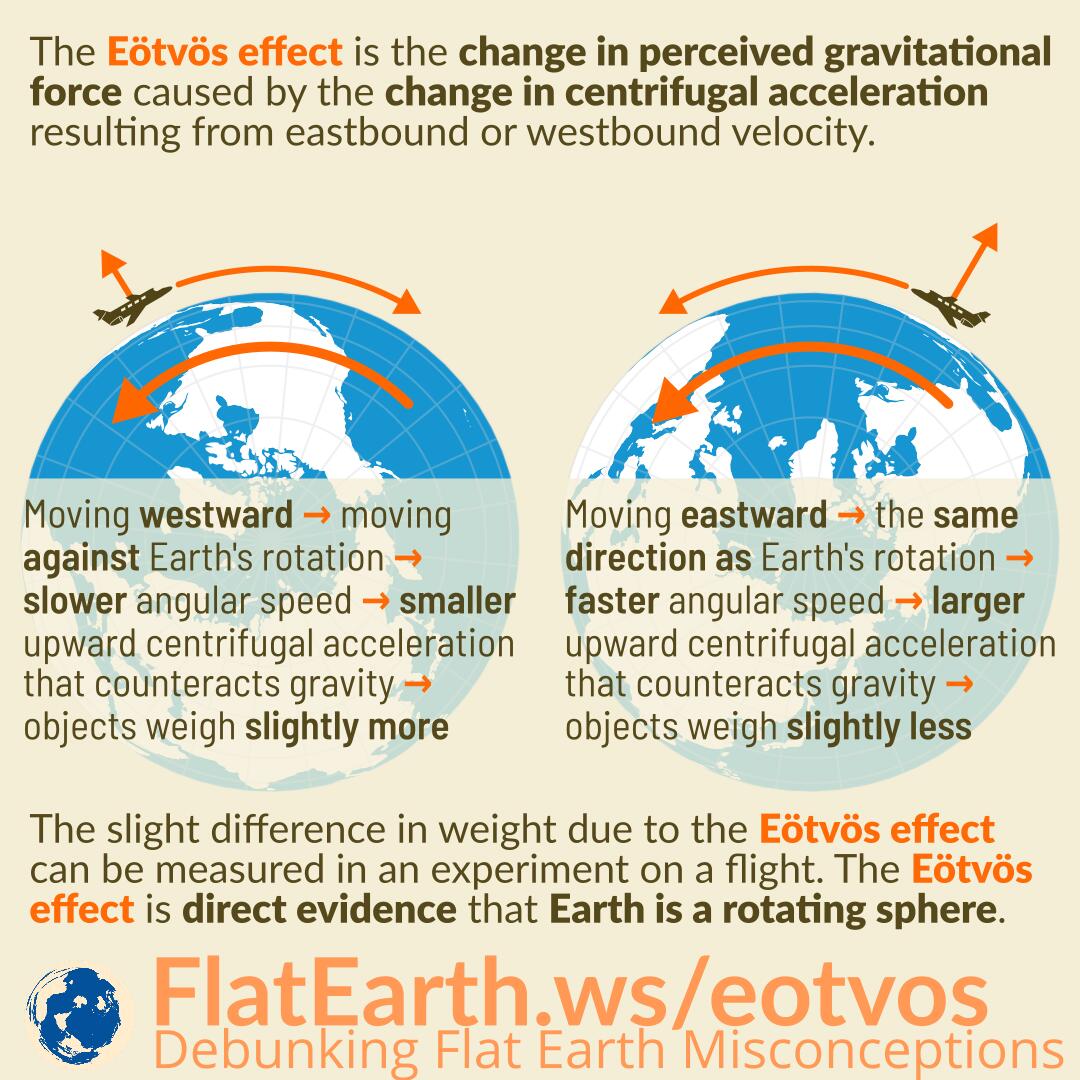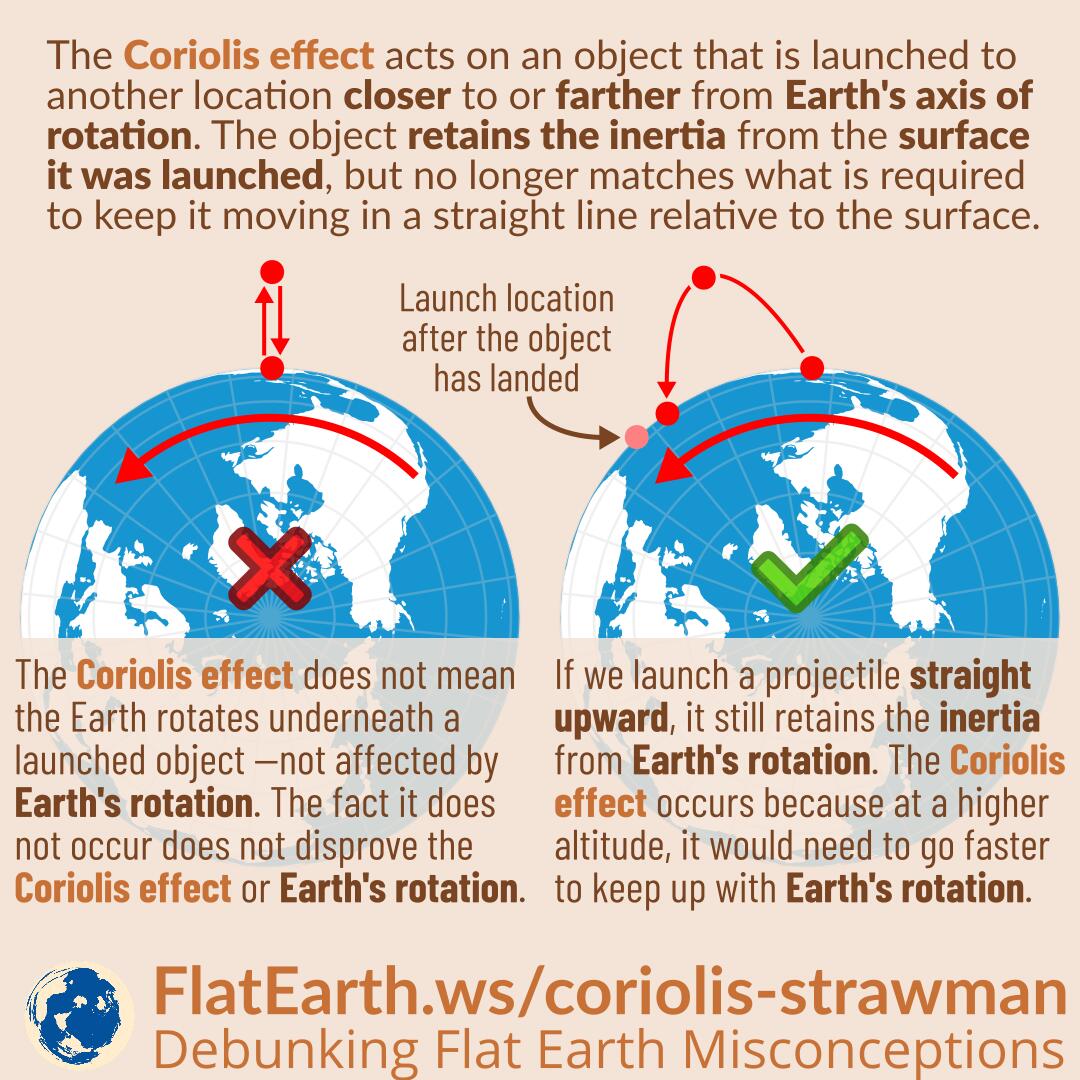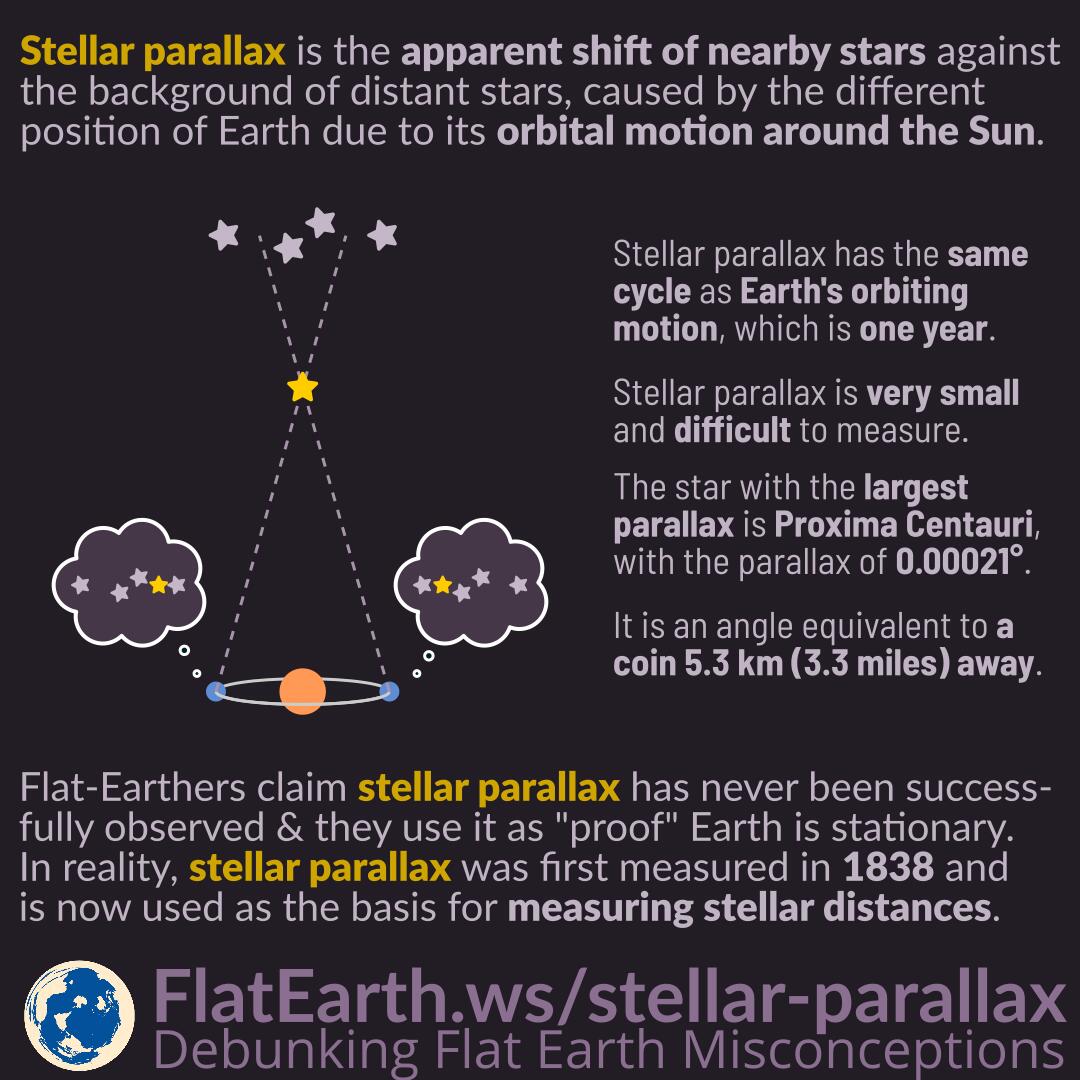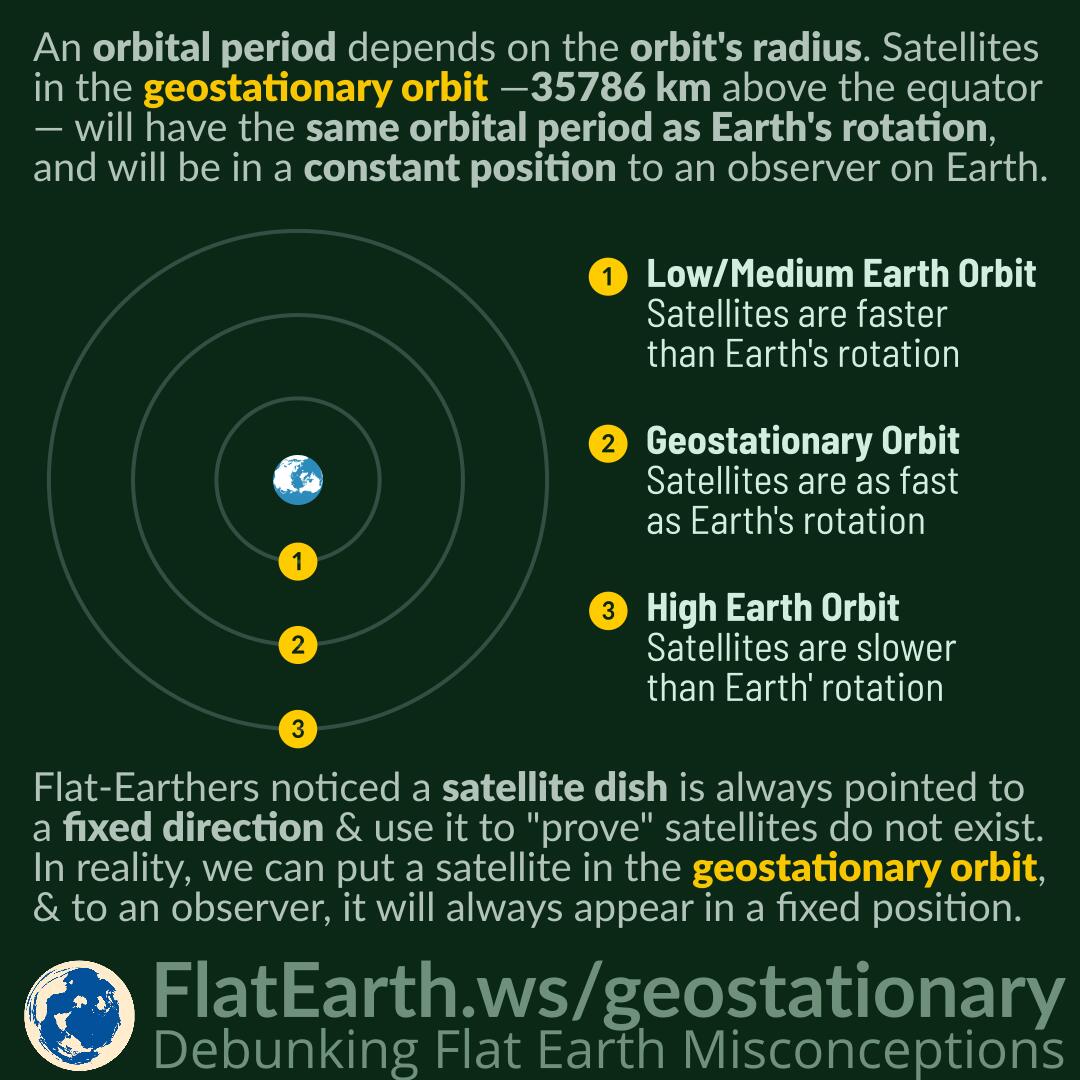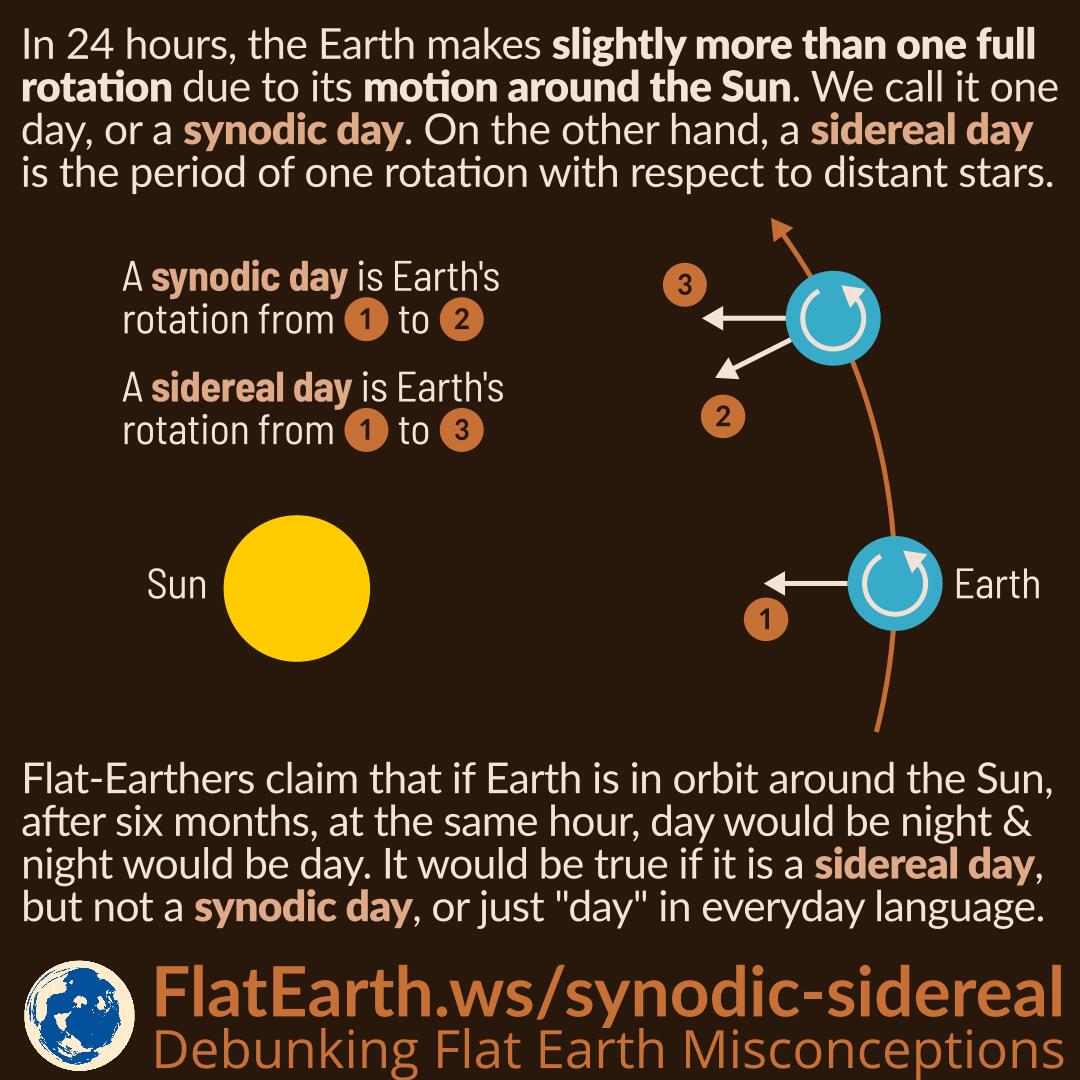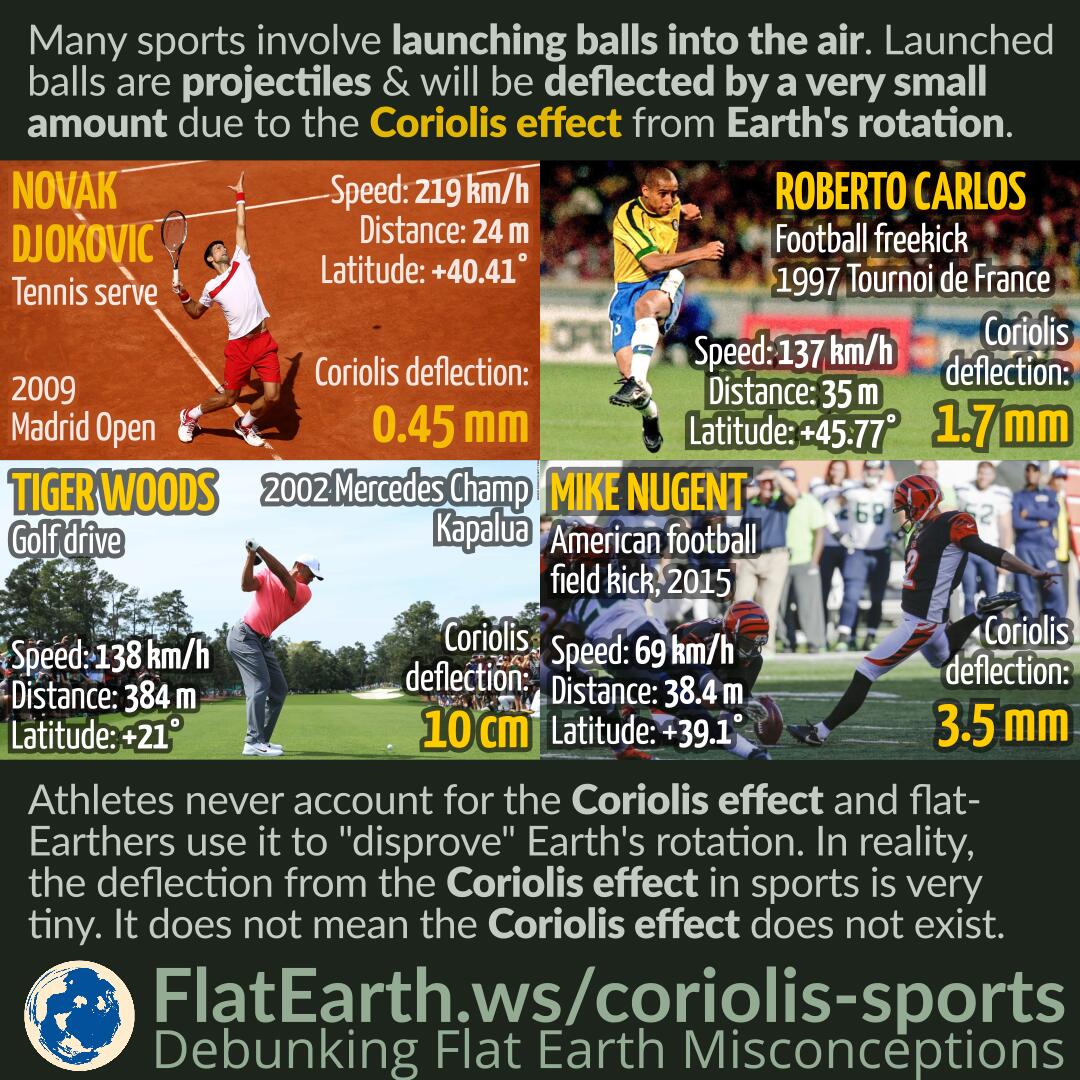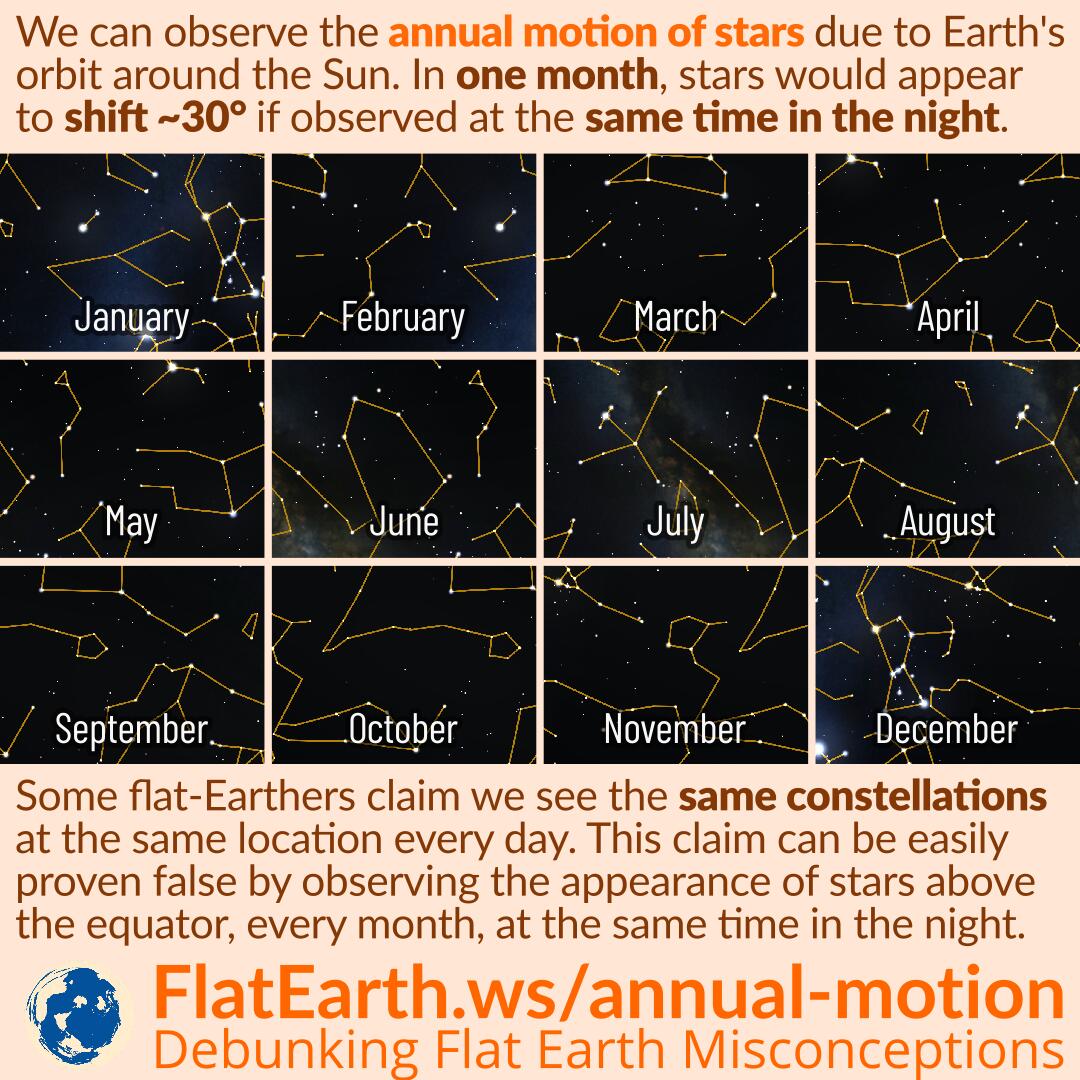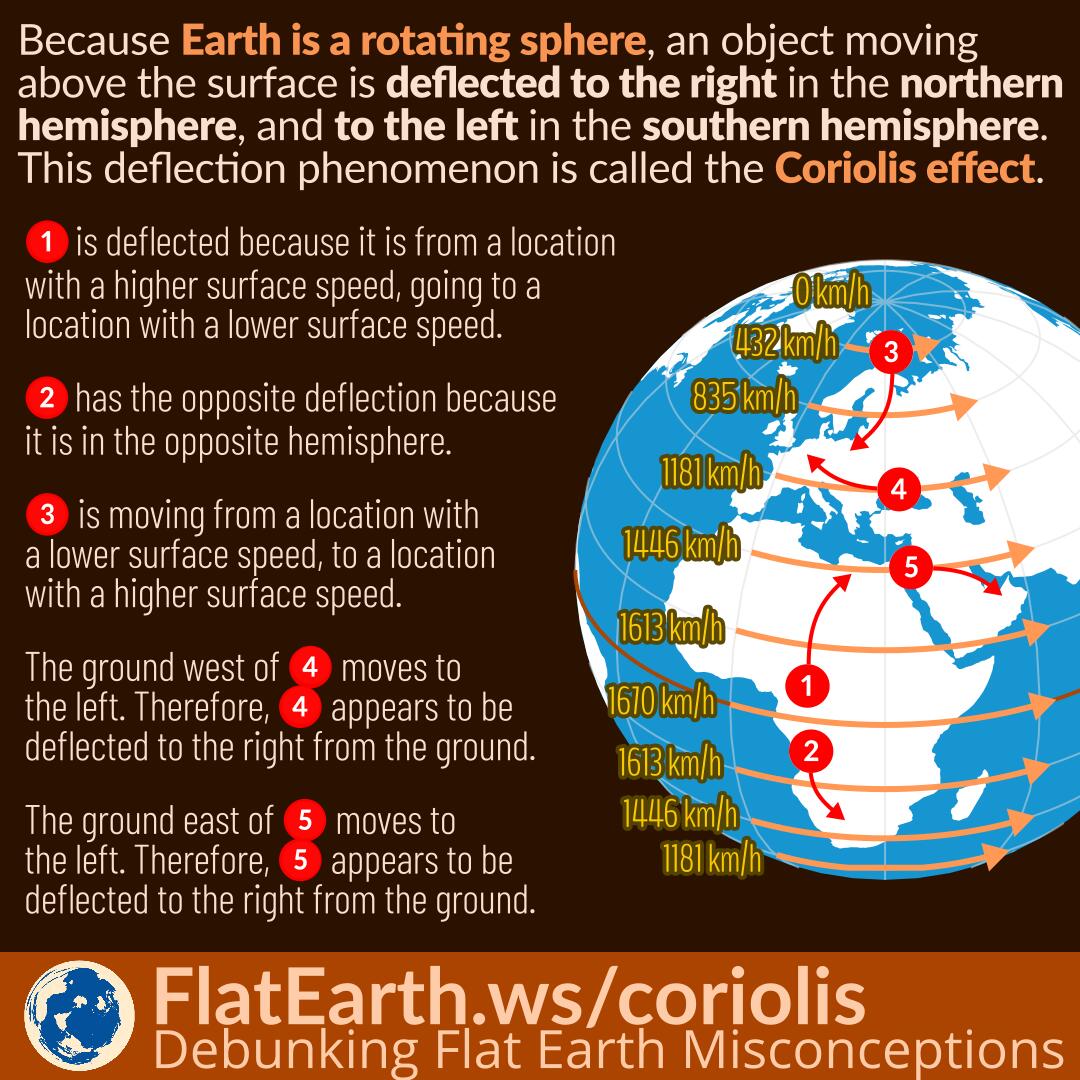The moving vehicle analogy is often presented to explain how Earth’s rotation does not seem to affect an object’s motion. Similarly, a ball released inside a moving vehicle will not fall rearward because it retains its inertia.
Flat-Earthers offer the moving open-air vehicle as if it is the “correct ” analogy. In reality, with their analogy, the air moves relative to the vehicle, which exerts an additional force that does not exist in the fact being explained. Their analogy fails to represent the fact being explained.
Continue reading “Moving Vehicle Analogy: Inside vs Outside of the Vehicle”



